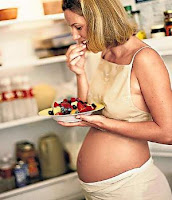I have a very big issue when it comes to having diabetes and that is I do not eat vegetables. I have tried. I want control my diabetes and be around to raise my young children. What suggestions do you have to add vegetables to my diet?
Leave comments with you're favorite ways to add vegetables in your day!
What a fun topic! I'm so happy you are willing to consider adding vegetables to your diet because you understand they are a healthy option. I brainstormed a few ways you can add vegetables in your meals or daily diet:
- Mix vegetables into baked dished such as adding spinach or mushrooms in your lasagna or favorite casserole.
- Replace spaghetti with using spaghetti squash for your noodles. (This is actually really good, I was even hesitant to try it at first)
- Buying pre-cut carrots, peppers or celery sticks helps it be more appealing to want to grab it from the fridge and eat it. Try dipping them in a light ranch dressing, hummus or peanut butter or adding them in a chicken or tuna salad along with peas
- With Spring finally arriving you can also try grilling vegetables such as peppers, zucchini, onions or eggplant by making kabobs and adding some seasoning for some extra flavor.
- Top you're pizza with all your favorite vegetables
- Salads or mixing vegetables in a wrap or sandwich can make a great lunch
I hope this gave some creative ideas for you to add vegetables in your daily diet!






